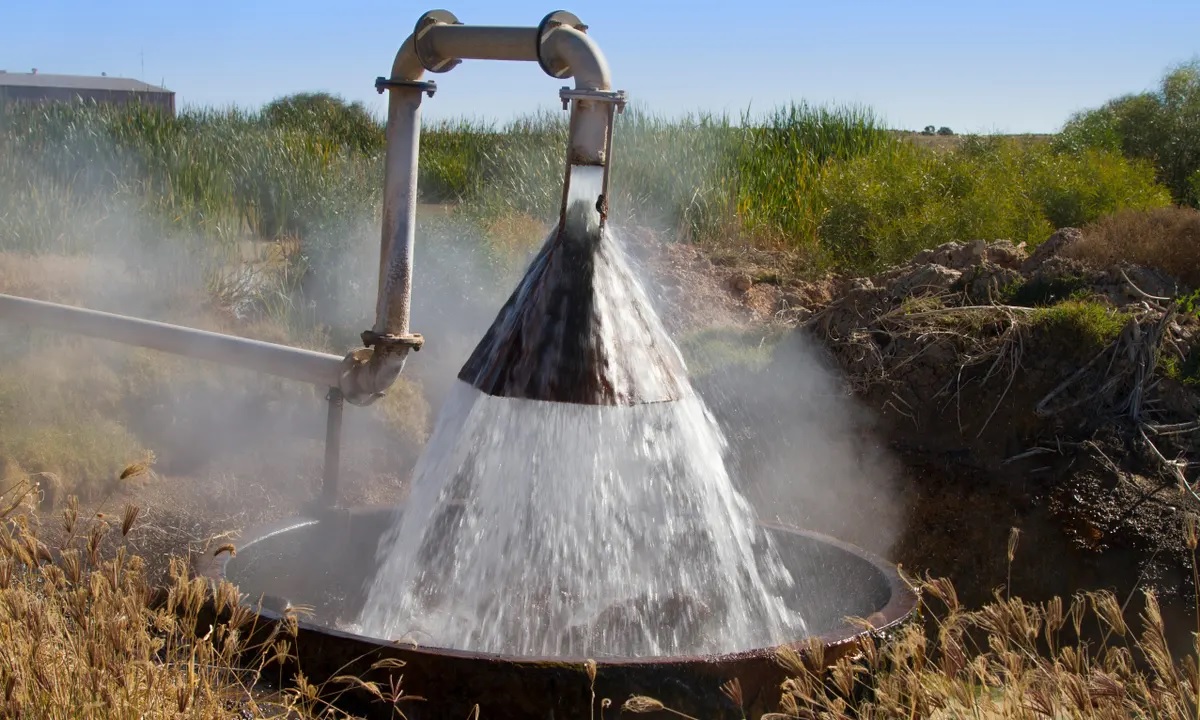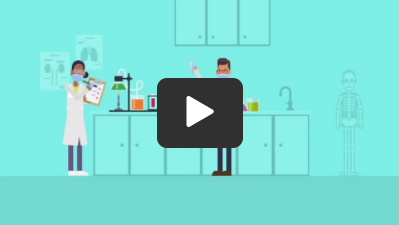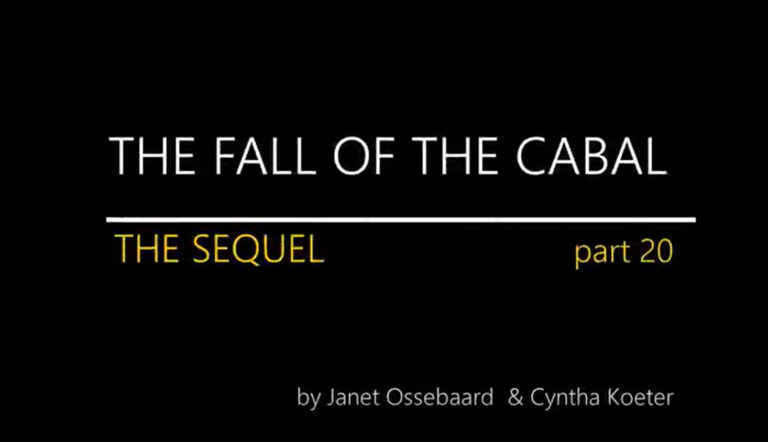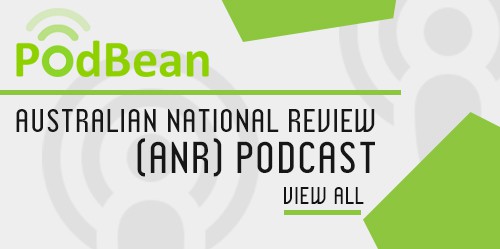Carbon Capture in the Great Artesian Basin Risks ‘Greatest Environmental Asset’, Farmers Say
By Aston Brown
Farmers and conservationists say they are ‘prepared to take it to the high court’ to oppose a planned carbon capture and storage facility.
Farming bodies and environmental groups in regional Queensland have formed an unusual alliance to ensure a proposal to inject carbon dioxide into the Great Artesian basin does not go ahead.
Carbon Transport and Storage Corporation (CTSCo) – subsidiary of global mining company Glencore – is awaiting a decision by the Queensland government to approve a pilot scheme to liquefy CO2 from a coal-fired power station and store it deep underground. Opponents claim the project could cause irreversible damage to water aquifers.
CTSCo plans to extract a small fraction of C02 emitted by the Millmerran power station in southern Queensland over three years and truck it 260km west to an injection site outside Moonie. The state government is reviewing the project’s environmental impact statement and is expected to hand down its decision in February.
The chief executive of Queensland Farmers’ Federation, Jo Sheppard, said water from the Great Artesian basin, which stretches 1.7m sq km across Australia’s eastern interior, is one of the “greatest environmental assets” that farmers can access.
She worries the project “may open the gate for many other proponents to be looking at the Great Artesian basin for CCS. The cumulative effects could be devastating,” she said.
Sheppard said a group of the project’s opponents, including the National Farmers’ Federation, Agforce and Queensland Conservation Council, are “prepared to take it to the high court if necessary”.
NFF president, David Jochinke, said “injecting coalmine waste into this vital water source, it puts food production at serious risk”.
In a statement, a Glencore spokesperson said some claims made by agricultural bodies have been “irresponsible, misleading and alarmist”. It said the proposal had undergone “robust” analysis and has been reviewed by third party institutions, including the CSIRO.
CTSCo’s modelling predicts the “plume area” created by the C02 injection, 2.3km underground, would reach roughly 1.6km in diameter over a century. Water from the plume area would be unsuitable for livestock to drink.
Hydrogeologist Ned Hamer said Glencore’s modelling was “highly confusing”.
“Typically there is a lot more work done that hasn’t been done to make the modelling more accurate,” he said.
Farmer Ken Cameron, who has contracted Hamer since 2017 for groundwater advice, has a licence to drill a bore 10km from the injection site into the Precipice Sandstone – the groundwater formation that the GTSCo is aiming to store CO2 inside. That bore underpins his plans to double the size of his piggery.
He is concerned contamination from the injection site could spread to the area surrounding his bore and “compromise our whole operation”.
A Glencore spokesperson said the CTSCo project will have no impact on Cameron’s piggery.
Hamer said the Precipice Sandstone has become the “last resort” for producers in the area as water allocations from aquifers closer to the surface are exhausted. The water from the aquifer is not safe to drink but can be consumed by livestock such as pigs, Hamer said.
Farmer Cindy Coggan owns a property roughly 5km from the injection site. She is concerned that if the pilot program is successful, C02 injection could expand rapidly in the region.
“We are getting drier and drier here – to inject into the Great Artesian basin with the potential for it to migrate, that’s the big problem,” she says.
The energy and climate deputy program director at the Grattan Institute, Alison Reeve, said there was a need to make CCS technology viable to limit global heating while rapidly reducing greenhouse gas emissions.
Reeve said there is no place for CCS technology in coal-fired power stations, but projects like Glencore’s may have the potential to provide some “learning” of how to best store CO2 underground – although that would depend on how much information Glencore is inclined to share.
Polly Hemming, the climate and energy program director at the Australia Institute, said most new CCS projects are used to justify gas expansion.
The development of Chevron’s Gorgon gas development – the world’s largest carbon capture plant – was approved on the condition that 4m tonnes of C02 was stored a year. The company has failed to met its promised storage levels since it began operating.
Hemming said underground CCS is “incredibly site specific” and difficult to roll out at scale. She added that a pilot project at a coalmine would not necessarily provide a model for other, greener uses of the technology.
“If you wanted to do a pilot project for carbon capture and storage for cement production, you would attach it to a cement project,” Hemming said. “CCS is not used by the fossil fuel industry to decarbonise, it is abused as a PR and marketing tool.”




















































